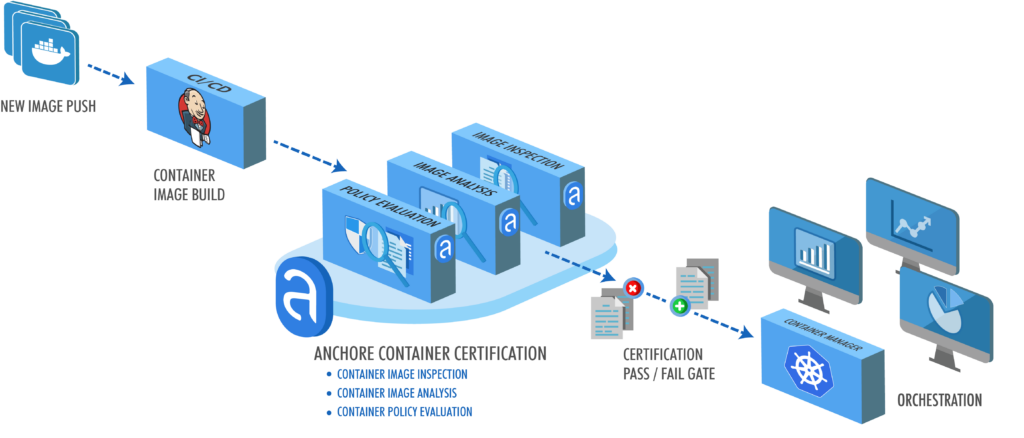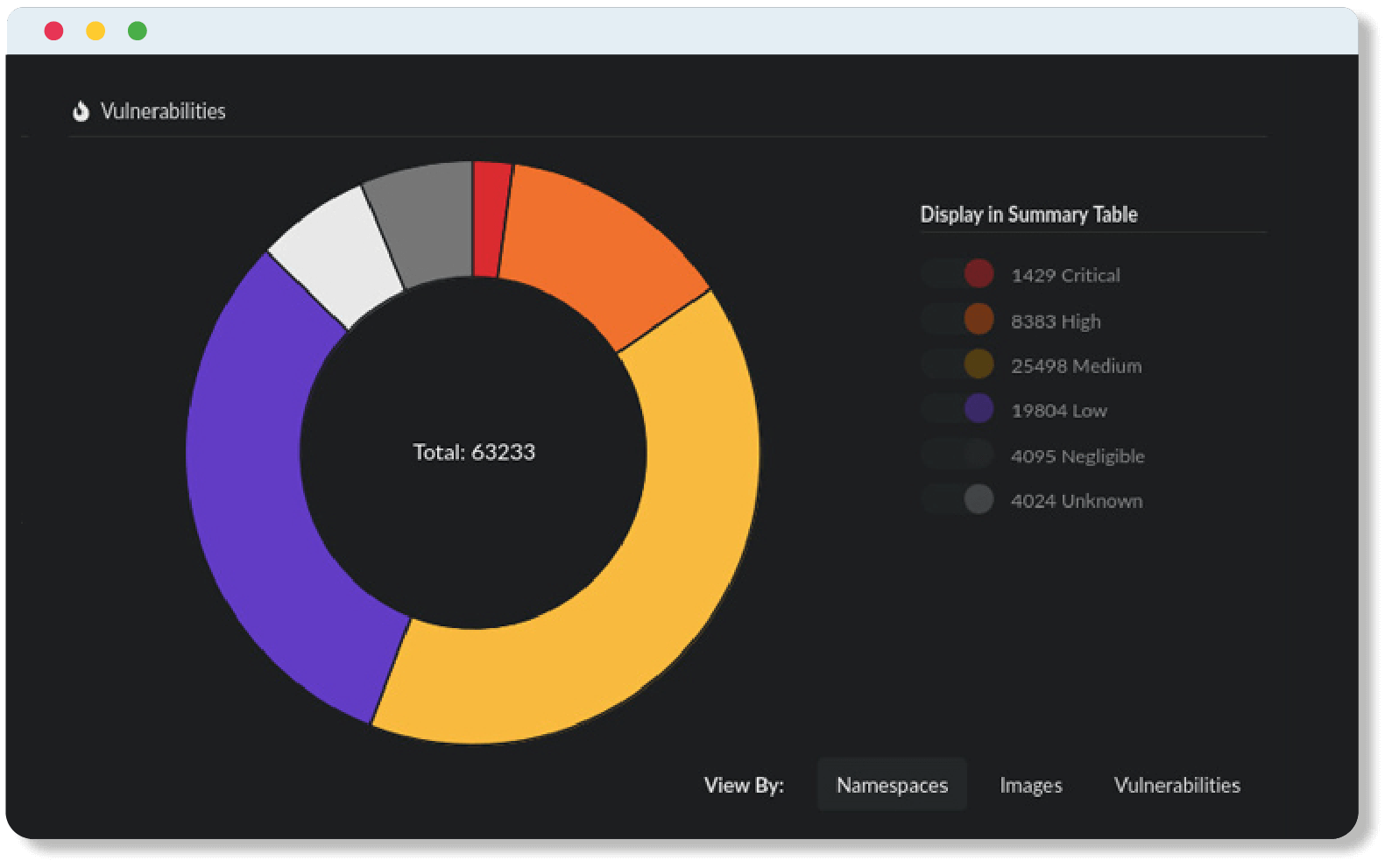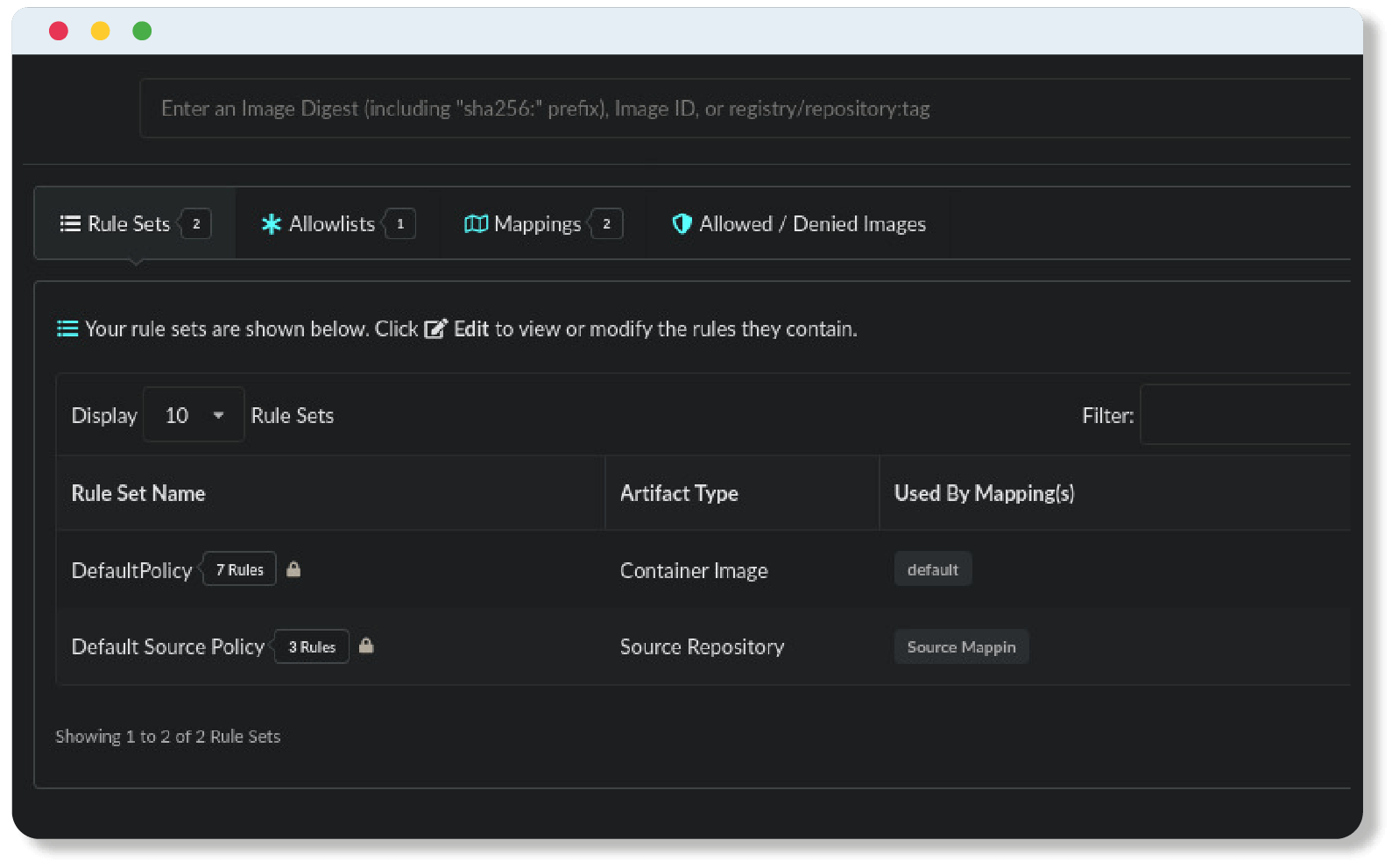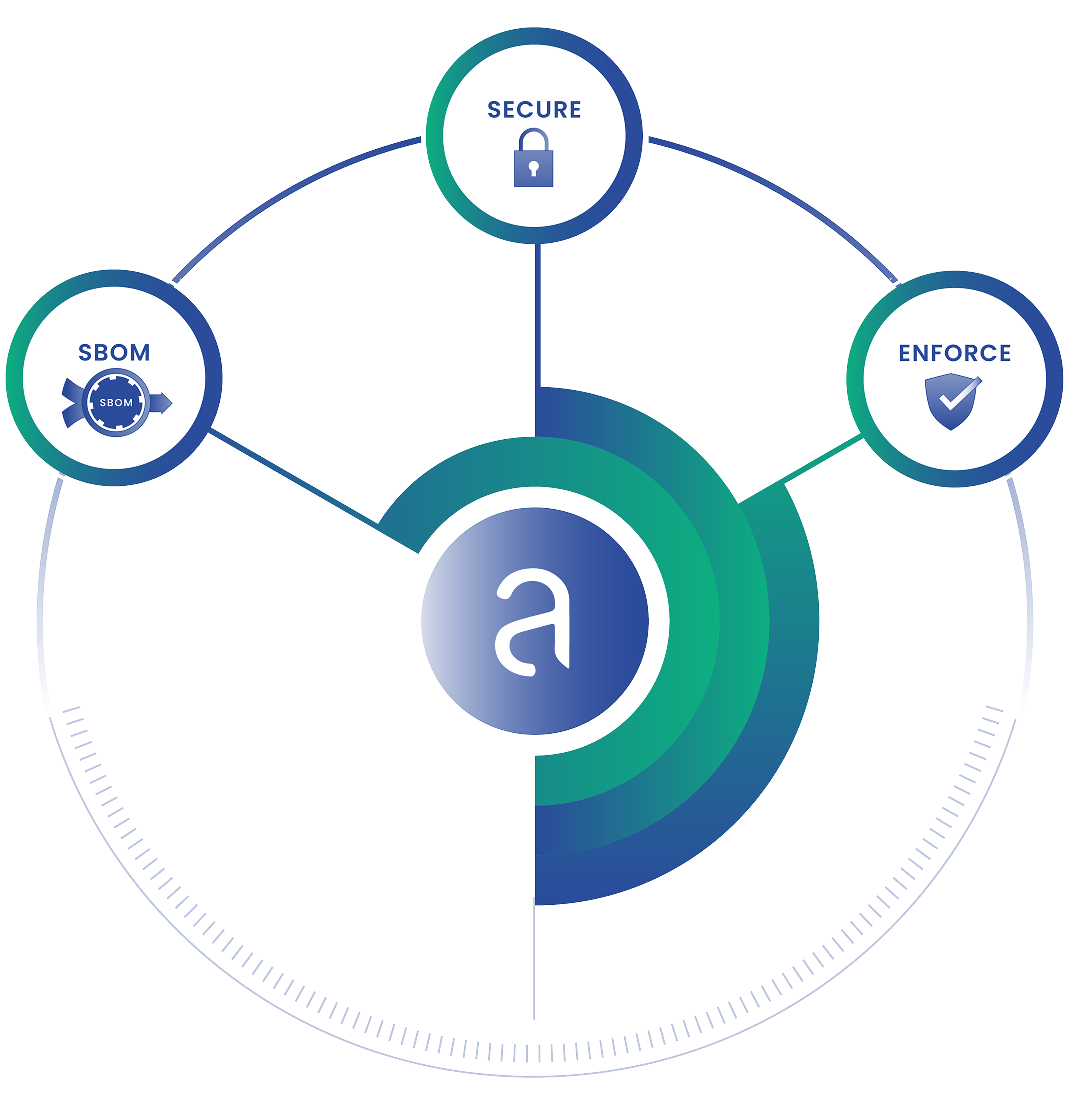In this post, I will dive deeper into the key benefits of a comprehensive container image inspection and policy-as-code framework.
A couple of key terms:
- Comprehensive Container Image Inspection: Complete analysis of a container image to identify it’s entire contents: OS & non-OS packages, libraries, licenses, binaries, credentials, secrets, and metadata. Importantly: storing this information in a Software Bill of Materials (SBOM) for later use.
- Policy-as-Code Framework: a structure and language for policy rule creation, management, and enforcement represented as code. Importantly: This allows for software development best practices to be adopted such as version control, automation, and testing.
What Exactly Comes from a Complete Static Image Inspection?
A deeper understanding. Container images are complex and require a complete analysis to fully understand all of their contents. The picture above shows all of the useful data an inspection can uncover. Some examples are:
- Ports specified via the
EXPOSEinstruction - Base image / Linux distribution
- Username or
UIDto use when running the container - Any environment variables set via the
ENVinstruction - Secrets or keys (ex. AWS credentials, API keys) in the container image filesystem
- Custom configurations for applications (ex.
httpd.conffor Apache HTTP Server)
In short, a deeper insight into what exactly is inside of container images allows teams to make better decisions on what configurations and security standards they would prefer their production software to have.
How to Use the Above Data in Context?
While we can likely agree that access to the above data for container images is a good thing from a visibility perspective, how can we use it effectively to produce higher-quality software? The answer is through policy management.
Policy management allows us to create and edit the rules we would like to enforce. Oftentimes these rules fall into one of three buckets: security, compliance, or best-practice. Typically, a policy author creates sets of rules and describes the circumstances by which certain behaviors/properties are allowed or not. Unfortunately, authors are often restricted to setting policy rules with a GUI or even a Word document, which makes rules difficult to transfer, repeat, version, or test. Policy-as-code solves this by representing policies in human-readable text files, which allow them to adopt software practices such as version control, automation, and testing. Importantly, a policy as code framework includes a mechanism to enforce the rules created.
With containers, standardization on a common set of best-practices for software vulnerabilities, package usage, secrets management, Dockerfiles, etc. are excellent places to start. Some examples of policy rules are:
- Should all Dockerfiles have effective
USERinstruction? Yes. If undefined, warn me. - Should the
FROMinstruction only reference a set of “trusted” base images? Yes. If not from the approved list, fail this policy evaluation. - Are AWS keys ever allowed inside of the container image filesystem? No. If they are found, fail this policy evaluation.
- Are containers coming from DockerHub allowed in production? No. If they attempt to be used, fail this policy evaluation.
The above examples demonstrate how the Dockerfile analysis and secrets found during the image inspection can prove extremely useful when creating policy. Most importantly, all of these policy rules are created to map to information available prior to running a container.
Integrating Policy Enforcement
With policy rules clearly defined as code and shared across multiple teams, the enforcement component can freely be integrated into the Continuous Integration / Continuous Delivery workflow. The concept of “shifting left” is important to follow here. The principal benefit here is, the more testing and checks individuals and teams can incorporate further left in their software development pipelines, the less costly it will be for them when changes need to be made. Simply put, prevention is better than a cure.
Integration as Part of a CI Pipeline
Incorporating container image inspection and policy rule enforcement to new or existing CI pipelines immediately adds security and compliance requirements as part of the build, blocking important security risks from ever making their way into production environments. For example, if a policy rule exists to explicitly not allow a container image to have a root user defined in the Dockerfile, failing the build pipeline of a non-compliant image before pushing to a production registry is a fundamental quality gate to implement. Developers will typically be forced to remediate the issue they’ve created which caused the build failure and work to modify their commit to reflect compliant changes.
Below depicts how this process works with Anchore:

Anchore provides an API endpoint where the CI pipeline can send an image for analysis and policy evaluation. This provides simple integration into any workflow, agnostic of the CI system being used. When the policy evaluation is complete, Anchore returns a PASS or FAIL output based on the policy rules defined. From this, the user can choose whether or not to fail the build pipeline.
Integration with Kubernetes Deployments
Adding an admission controller to gate execution of container images in Kubernetes in accordance with policy standards can be a critical method to validate what containers are allowed to run on your cluster. Very simply: admit the containers I trust, reject the ones I don’t. Some examples of this are:
- Reject an image if it is being pulled directly from DockerHub.
- Reject an image if it has high or critical CVEs that have fixes available.
This integration allows Kubernetes operators to enforce policy and security gates for any pod that is requested on their clusters before they even get scheduled.
Below depicts how this process works with Anchore and the Anchore Kubernetes Admission Controller:

The key takeaway from both of these points of integration is that they are occurring before ever running a container image. Anchore provides users with a full suite of policy checks which can be mapped to any detail uncovered during the image inspection. When discussing this with customers, we often hear, “I would like to scan my container images for vulnerabilities.” While this is a good first step to take, it is the tip of the iceberg when it comes to what is available inside of a container image.
Conclusion
With immutable infrastructure, once a container image artifact is created, it does not change. To make changes to the software, good practice tells us to build a new container image, push it to a container registry, kill the existing container, and start a new one. As explained above, containers provide us with tons of useful static information gathered during an inspection, so another good practice is to use this information, as soon as it is available, and where it makes sense in the development workflow. The more policies which can be created and enforced as code, the faster and more effective IT organizations will be able to deliver secure software to their end customers.
Looking to learn more about how to utilizing a policy-based security posture to meet DoD compliance standards like cATO or CMMC? One of the most popular technology shortcuts is to utilize a DoD software factory. Anchore has been helping organizations and agencies put the Sec in DevSecOps by securing traditional software factories, transforming them into DoD software factories. Get caught up with the content below:





